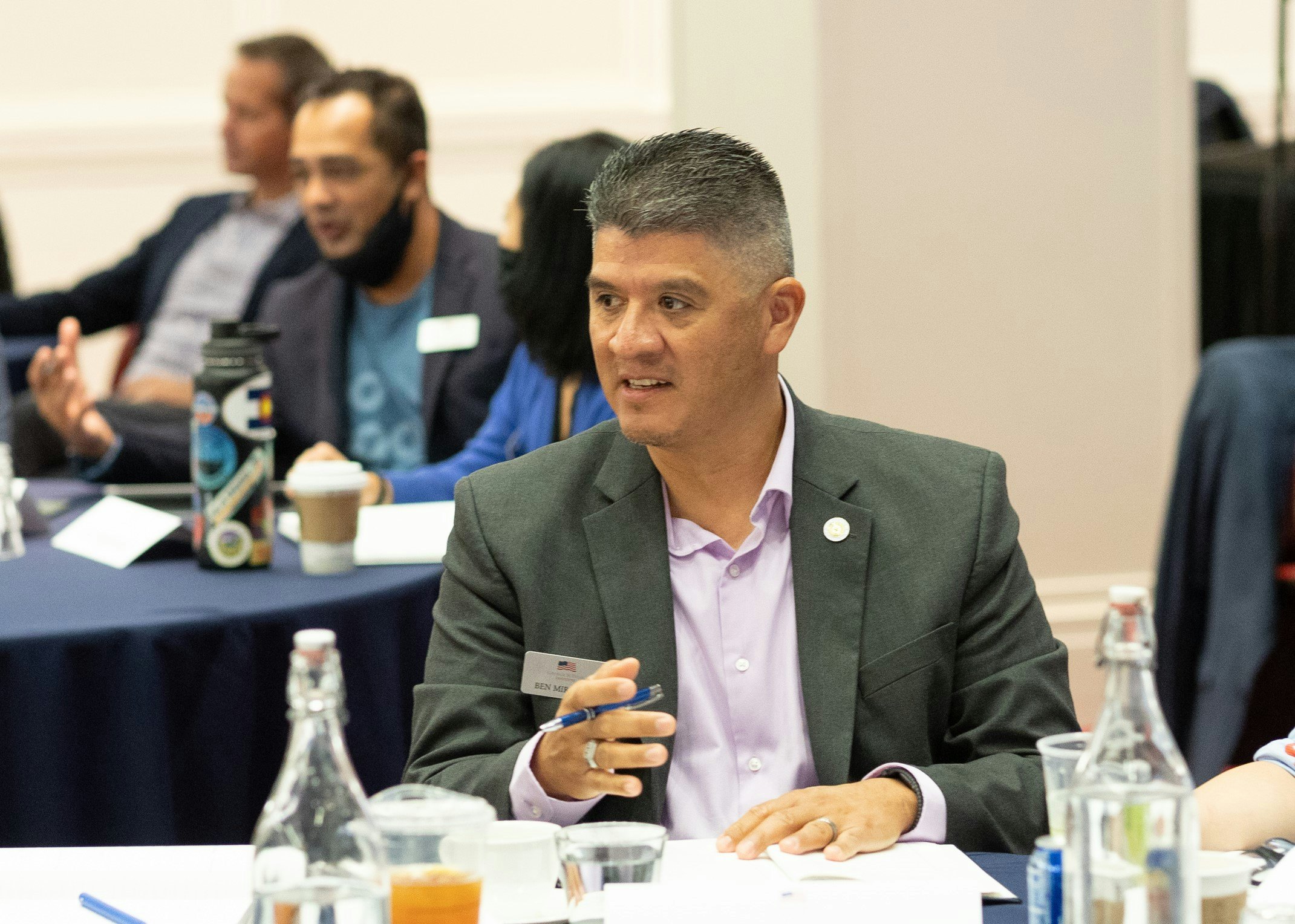More than 45,000 philanthropic organizations, government programs and initiatives, large and small corporations, and millions of individuals are committed to addressing veteran transition. But often, these organizations work in isolation, causing confusion and disjointed gaps in service for transitioning veterans and their families.
As America’s post-9/11 veterans navigate their transitions, they often encounter a host of complex and interconnected issues. The good news is that our nation has overwhelmingly answered the call to deliver support. One example: more than 45,000 philanthropic organizations, government programs and initiatives, large and small corporations, and millions of individuals are committed to addressing these issues.
But often, these organizations work in isolation, causing confusion and disjointed gaps in service for transitioning veterans and their families. Lack of coordination, integration, and documentation of effectiveness leave veterans and families confused on how to best navigate and connect to resources. And no one singular entity has led the charge to promote collaboration.
That’s why this week the Bush Institute will convene more than 70 organizations in Washington, D.C. for an event called Stand-To. Stand-to is a military term for a call to action: to prepare, equip with resources, receive orders, and move forward in a unified approach.
Since January, three Bush Institute-led veteran task force groups have focused on education, employment, and health and wellbeing – the three issues that research shows are key to a successful transition. The task force members, made up of representatives from the business, non-profit, government and academic sectors, will present their recommendations at Friday’s Stand-To, offering an opportunity to find solutions and a unified common vision to improve veteran outcomes during a new administration and the road ahead.
With clearer data, unified vision, and a leading strategy, we can better serve our veterans and their families in each issue area, while maximizing national effort and resourcing.
To learn more about the civilian-military divide and our veteran resources, visit the following links:
- Read the policy framework for Friday’s Stand To
- Join the conversation on Twitter and Facebook using the #StandTo and #Knowourvets
- Learn more about the divide with our interactive veteran story
- Learn how you can combat the invisible wounds of war






























